0% Financing Available
How Do LED Lights Work?
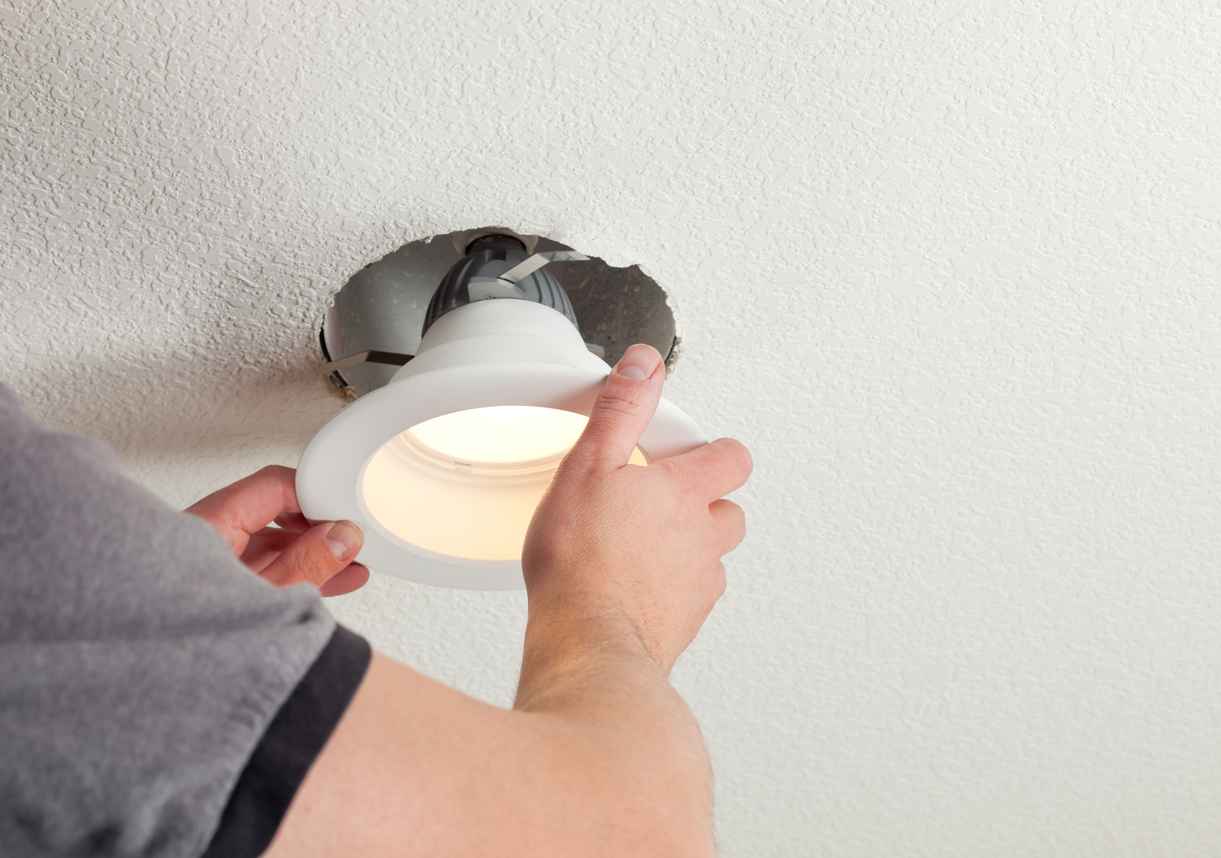
LED lights have transformed the way we illuminate our homes, businesses, and outdoor spaces. Known for their energy efficiency, durability, and long lifespan, LED lights are quickly becoming the go-to lighting solution. But how exactly do LED lights work? Understanding the technology behind these lights can help you make informed decisions when upgrading your lighting system.
The Science Behind LED Lights
LED stands for light-emitting diode, a semiconductor device that emits light when an electric current passes through it. Unlike traditional incandescent bulbs that rely on heating a filament to produce light, LED lights generate illumination through a process called electroluminescence. This makes them far more energy-efficient and longer-lasting than conventional lighting options.
Key Components of LED Lights
LED lights consist of several crucial components that work together to produce bright and efficient illumination:
- Semiconductor Chip – This is the core of an LED, responsible for converting electrical energy into light.
- Heat Sink – LED lights produce minimal heat compared to incandescent bulbs, but they still require a heat sink to dissipate any generated heat and maintain efficiency.
- Lens or Diffuser – These components help direct and spread the light evenly.
- Driver – This regulates the power supply, ensuring the LED operates at the correct voltage and current.
How LED Lights Produce Light
LED lights operate through a highly efficient process that minimizes energy waste. Unlike incandescent bulbs, which generate light by heating a filament, LEDs rely on semiconductors to produce light directly. This results in a much lower heat output, making LEDs safer, longer-lasting, and more cost-effective for various applications.
Electrical Current Activation
When an electrical current flows through the semiconductor material in an LED, it excites the electrons, causing them to release energy in the form of light. The specific material used in the semiconductor determines the color of the emitted light.
Energy Efficiency in Action
Unlike incandescent bulbs that waste a significant portion of energy as heat, LED lights convert most of their energy into visible light. This efficiency reduces electricity consumption and lowers utility costs.
Color Variations and Temperature
LED lights can emit a range of colors depending on the semiconductor materials and coatings used. They also come in different color temperatures, from warm white (yellowish glow) to cool white (bluish hue), allowing customization for different lighting needs.
Applications of LED Lights
Due to their versatility, LED lights are used in a wide range of applications:
- Residential Lighting – Ideal for lamps, ceiling fixtures, and under-cabinet lighting.
- Commercial Spaces – Offices, retail stores, and restaurants benefit from efficient LED lighting.
- Street and Outdoor Lighting – Cities use LED lights for streetlights and public spaces due to their longevity.
- Automotive Lighting – LED lights are now standard in many vehicles for headlights, taillights, and interior lighting.
- Smart Lighting Systems – Many LED lights are now compatible with smart home systems, allowing remote control and automation.
Upgrade to LED Lighting with Chesapeake Electric
If you’re considering upgrading your lighting system, Chesapeake Electric is here to help. Whether you need LED installations, replacements, or expert advice, our team provides top-quality solutions for homes and businesses. Contact Chesapeake Electric today to learn more about the benefits of LED lighting and how we can enhance your space with efficient, long-lasting illumination.
Recent Posts
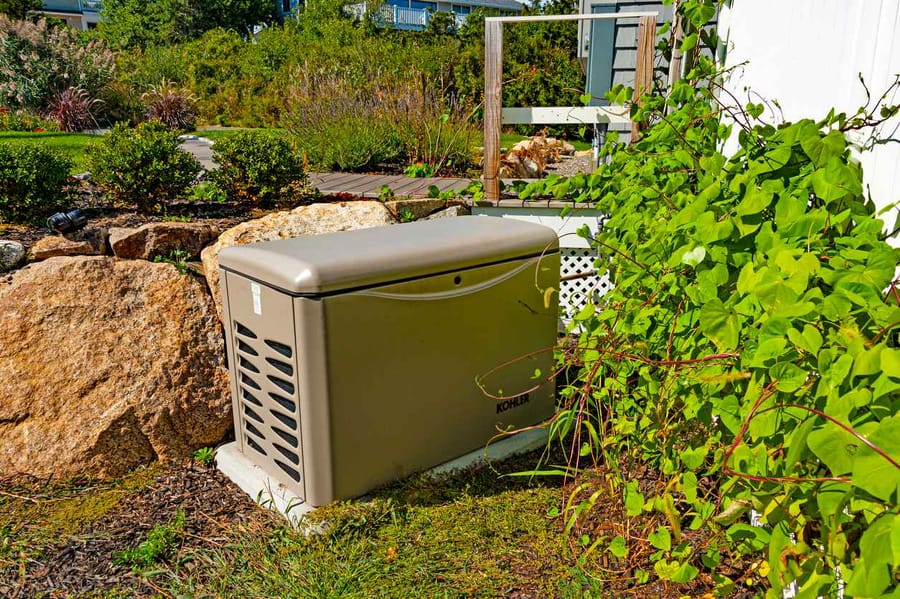
November 21, 2025

November 21, 2025
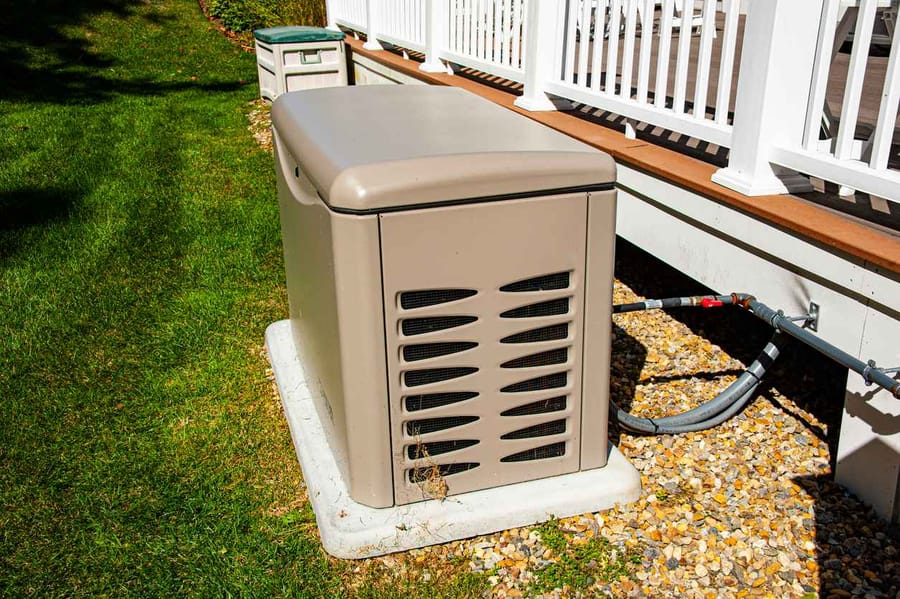
November 21, 2025
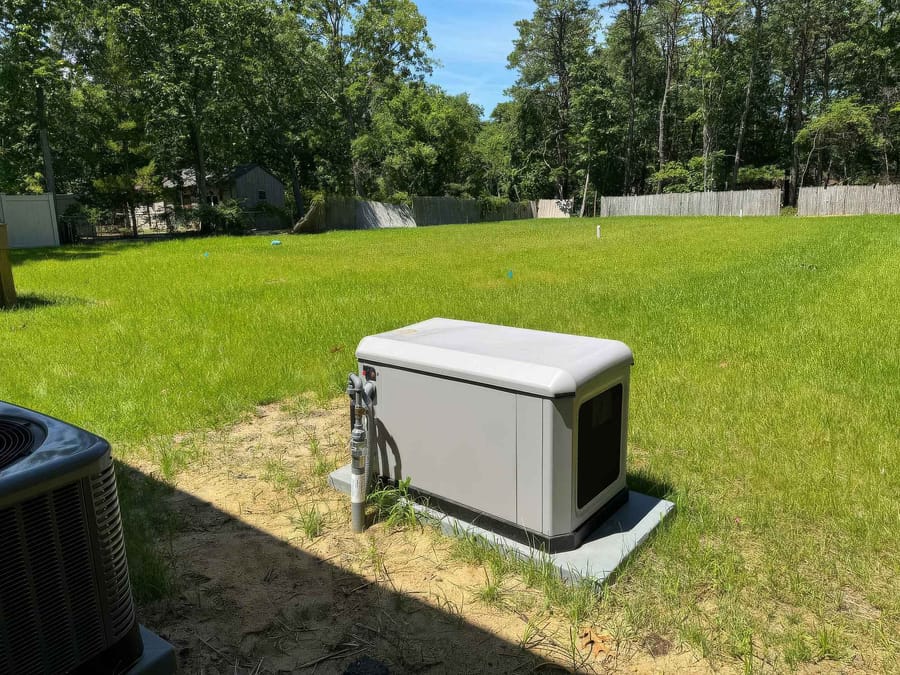
October 29, 2025
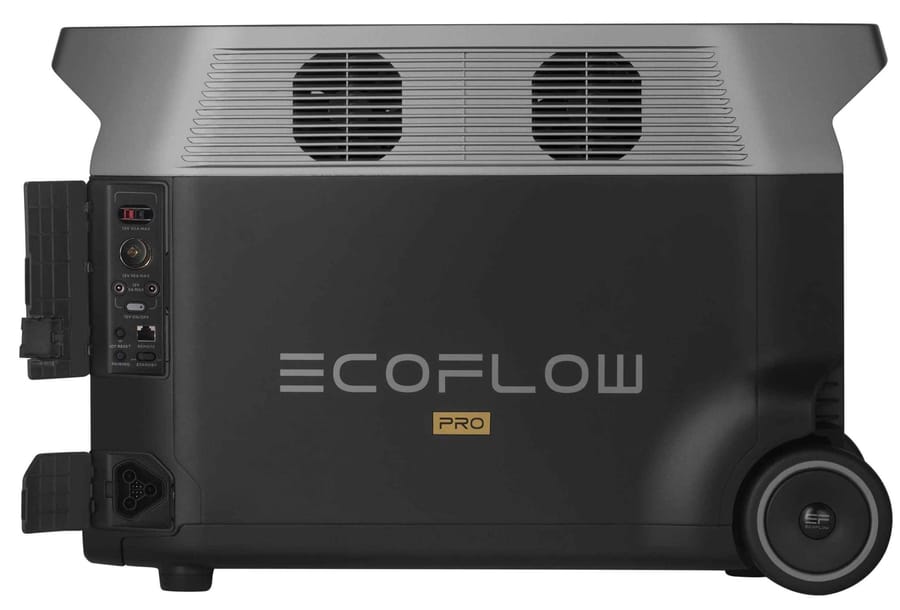
October 29, 2025
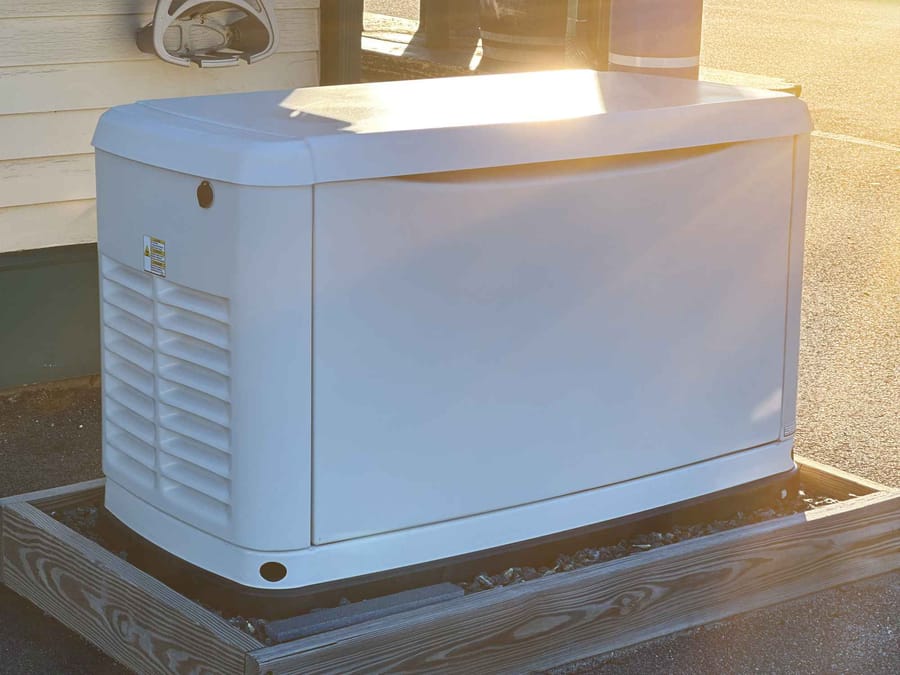
October 29, 2025
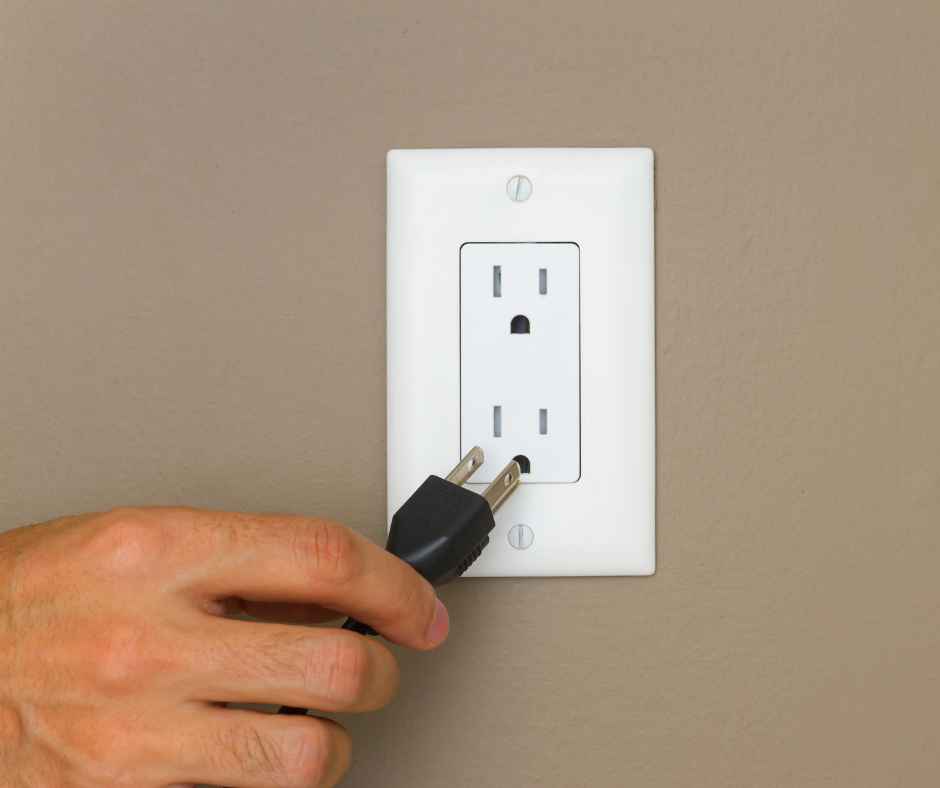
September 26, 2025